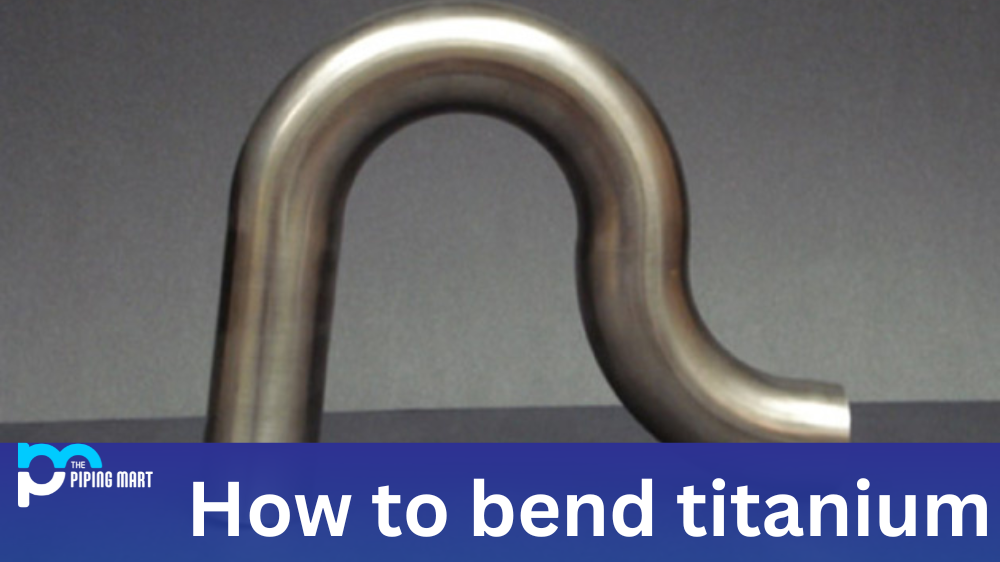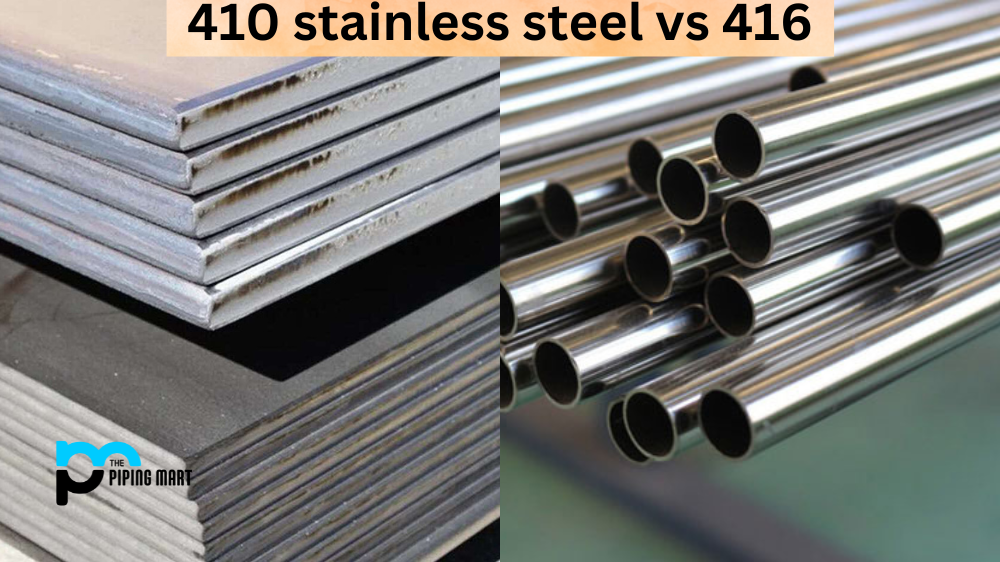Working with titanium is an art form requiring a great degree of precision and skill. The nature of the metal makes it difficult to bend; however, with the right tools and techniques, it is possible to achieve a successful bend. This article will explore how to safely and effectively work with titanium for a professional-quality result.
Tools Needed for Bending Titanium
When bending titanium, it is important to have the right equipment. This can include specialized dies made of steel or tungsten carbide and forming rolls made from high-speed steel. It is also important to ensure you have enough room in your workspace to accommodate the full length of whatever you are working on. Additionally, having a reliable pair of safety goggles and gloves will help ensure you stay safe throughout the process.
Process of Bending Titanium
Bending titanium requires patience and practice; however, once you get the hang of it, you’ll be able to produce high-quality results quickly and easily. Begin by heating up your titanium piece using an induction heater or a gas forge. Ensure you do not heat the piece too much; otherwise, it could become brittle and break during the bending process. Once heated up, place your piece into a jig or die to stay in place while being bent. Using either hand tools or powered rollers (depending on the size of your project), slowly apply pressure until you have achieved your desired shape. Be sure to move slowly and check often; otherwise, you may end up overbending or under bending your piece.
Titanium Finishing Techniques
Once you have achieved your desired shape for your titanium piece, a few finishing techniques can be used for a professional look and finish. For instance, welding can join two pieces together without adding unnecessary bulk or weight. Additionally, grinding down any sharp edges can help create smoother lines which can improve corrosion resistance over time as well as reduce fatigue from vibration damage when in use. Finally, using anodizing treatments can help enhance aesthetics by adding color or texture variations depending on what look you are going for.
Conclusion:
Bending titanium is no easy feat; however, with the right tools and techniques, along with plenty of practice and patience—you’ll soon find yourself producing professional-grade results in no time! When working with titanium pieces, always ensure safety by wearing protective gear such as gloves and safety goggles throughout the process, as well as taking all necessary precautions when handling heated metals (such as keeping flammable materials away). Lastly, don’t forget those all-important finishing touches such as welding, joining parts together, or applying anodizing treatments – both of which can add aesthetic value while increasing durability over time!

Meet Bhavesh, a seasoned blogger with a wealth of knowledge and experience. From metal products manufacturing to retail, Bhavesh has a diverse background in various industries and is dedicated to sharing his insights and expertise with readers.




